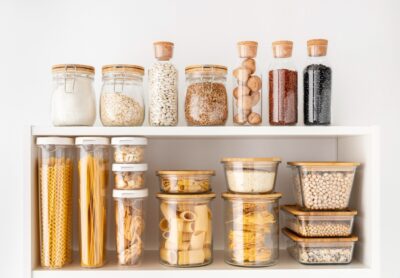A recent survey found that 76% of people feel burned out at work and at home. Constant deadlines, packed schedules, and endless notifications leave little room to breathe. Many people are chasing success, yet they feel less satisfied than ever. The pressure to always do more often leads to stress and poor health.
This problem is not limited to big cities. Even in smaller communities like Urbandale, Iowa, people struggle with the same fast pace. This is where the idea of slow living enters the picture.
Slow living is all about making deliberate choices. Here’s how you too can enjoy a slower pace of life.
What Slow Living Really Means
Slow living is often misunderstood. Some assume it means stepping away from work or ignoring goals. In reality, it is the opposite. Slow living means being present and intentional in every part of life. It is about choosing activities that matter and letting go of those that do not.
At its core, slow living allows people to create space for rest, reflection, and connection. Instead of rushing through tasks, it promotes doing them with focus and care. This shift leads to a sense of control. It replaces the feeling of being overwhelmed with a sense of balance.
Designing Spaces That Encourage Calm
Slow living encourages people to design their homes in ways that support peace. Natural light, plants, and comfortable furniture make a big difference. Even simple changes like reducing unused items or adding soft textures can create a calmer mood.
For some, slow living also includes investing in practical updates. Even projects like creating a zen shower space or a spa-like soaking experience can become part of this process. If you’re looking for a company that offers bathroom remodeling Urbandale has quite a few options that can help bring comfort and function together. When a space is designed with both comfort and function in mind, it becomes easier to live at a slower, healthier pace. Your home should serve your well-being, not add to your stress.
Rethinking Work-Life Balance With Intention
One of the biggest challenges in today’s world is separating work from personal time. Remote work has blurred the lines even further. Many people check emails late at night or feel pressure to stay available at all times. This constant connection makes it hard to rest.
Slow living encourages clearer boundaries. Work should have a defined place in your day, but it should not take over your evenings or weekends. Research shows that long working hours often reduce productivity instead of improving it. People get more done when they focus on a limited number of tasks with real attention. Setting rules, like not working after a certain hour, helps create balance. The goal is not to work less, but to work smarter while protecting time for family, health, and rest.
Building a Stronger Connection With Food
Food is more than just fuel. The way you prepare and eat meals has a big impact on health and lifestyle. Fast food and rushed meals often lead to poor nutrition and missed opportunities for connection. Slow living encourages a return to mindful eating. That means choosing fresh ingredients, cooking at home more often, and paying attention while eating instead of multitasking.
Cooking also becomes an act of care. Preparing meals with seasonal produce supports local farmers and reduces the need for heavily processed options. Studies have shown that people who cook at home regularly have better overall diets and save money. Eating slowly improves digestion and helps people recognize when they are full. In this way, food becomes a daily opportunity to practice slow living.
The Role of Nature in a Balanced Life
Spending time outdoors is one of the simplest ways to embrace slow living. Research has consistently shown that being in nature reduces stress, lowers blood pressure, and improves mood. Just a short walk in a park can clear the mind and increase focus.
In busy lives, nature often becomes an afterthought. Slow living brings it back to the center. This might mean gardening, hiking, or simply sitting outside for a few minutes each day. Access to green spaces is linked to better mental health, and people who spend time in nature report higher levels of happiness. Even in urban areas, finding small patches of greenery can make a noticeable difference.
Why a Slower Pace Brings Real Benefits
The benefits of slow living go beyond feeling calmer. When people take life at a manageable pace, they experience less stress and anxiety. Their minds stay clearer, and they make better decisions.
Relationships also improve. Spending time with loved ones without distractions strengthens bonds. Simple activities like shared meals or evening walks become more meaningful.
Work can also benefit from a slower approach. Instead of splitting attention across many tasks, focusing on one thing at a time leads to better results. Productivity rises because quality replaces quantity.
Physical health improves as well. High stress often leads to headaches, poor sleep, and other problems. A slower lifestyle allows the body to recover and stay healthier in the long run.
Slow living offers an alternative to the constant pressure of modern life. It is not about avoiding work or ignoring responsibilities. It is about making deliberate choices that put health, relationships, and balance first. By slowing down, people can reduce stress, focus on what matters, and build more meaningful connections.
The principles of slow living can be applied in small, practical steps. From creating calming home spaces to setting work boundaries and enjoying meals without distraction, each choice adds up. Time outdoors and stronger relationships reinforce these changes. It is not a rigid set of rules but a flexible approach that anyone can adapt to their own lifestyle and pace.
The message is clear: life does not need to move at full speed to be fulfilling. Choosing slow living means choosing a healthier, more intentional, and more rewarding way to define success. In the end, it is about valuing moments, not just milestones, and finding peace in the everyday.










